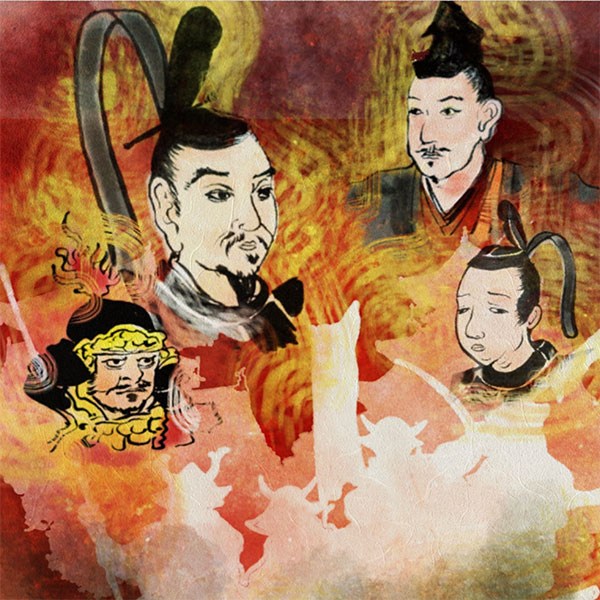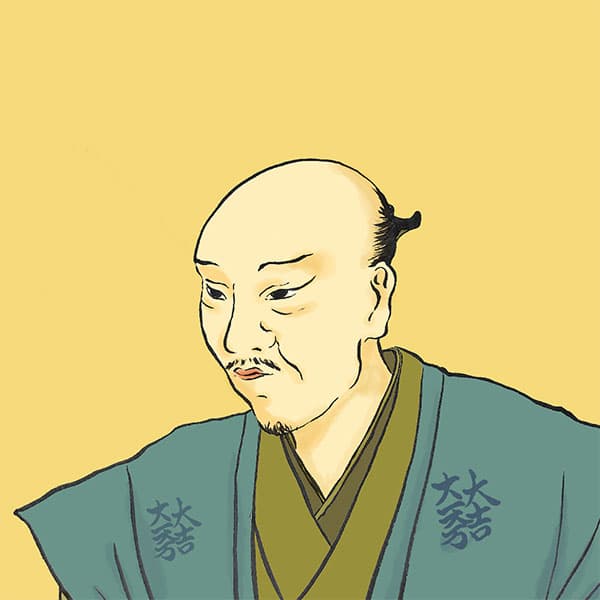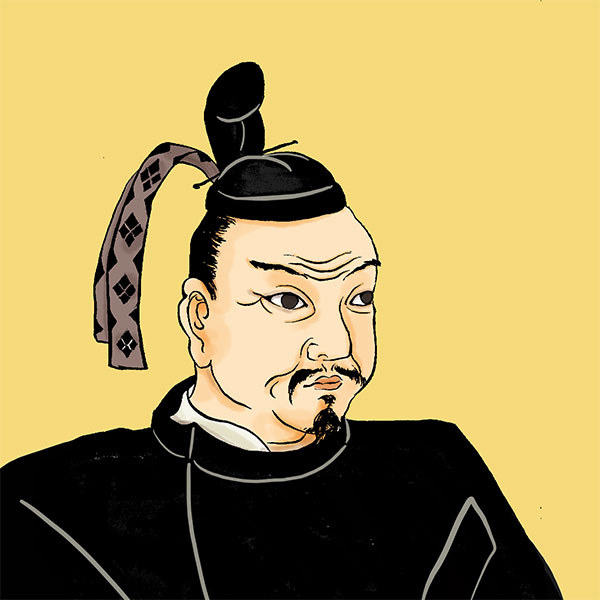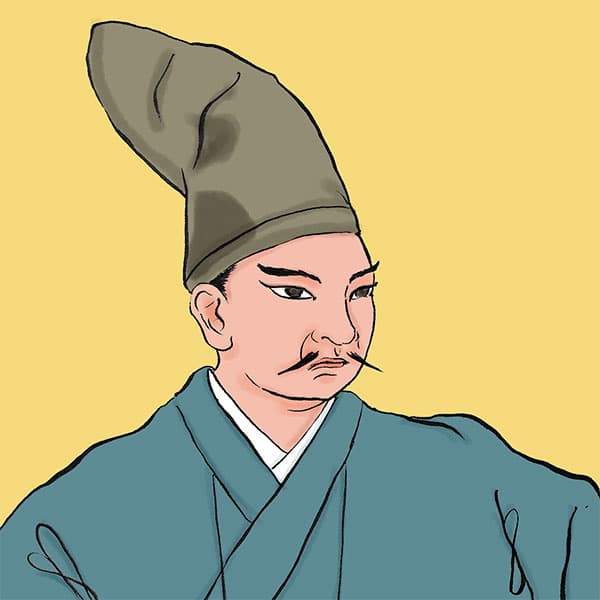Battle of Fushimi Castle (2/2)A fierce battle that could be called a “prelude” to the Battle of Sekigahara

Battle of Fushimi Castle
- Article category
- case file
- Incident name
- Battle of Fushimi Castle (1600)
- place
- Kyoto
- Related castles

Fushimi Momoyama Castle
Mototada Torii, who was fully aware of the possibility of the Mitsunari raising an army, was already holed up in Fushimi Castle with 1,800 soldiers. On July 12, Yoshihiro Shimazu tried to enter Fushimi Castle as reinforcements, but was refused by Mototada Torii. In April, Yoshihiro had been ordered by Tokugawa Ieyasu to defend Fushimi Castle, so he went to Mototada, but Mototada suspected that Yoshihiro was connected to the Western army and brought a written order from Ieyasu. They refuse to enter the castle on the grounds that they did not. In fact, after receiving Ieyasu's order in April, Yoshihiro had requested to send troops to Kunimoto (Satsuma Province, present-day Kagoshima Prefecture), but due to conflicts within the Shimazu clan, he was unable to gather troops and moved to Fushimi. I was late going to the castle. After that, Yoshihiro was arranged by the Western Army and ended up siding with the Western Army. However, the prevailing theory is that Yoshihiro's trip to Fushimi Castle is not historical fact, as it is not found in primary sources.
On July 17th, Mori Terumoto, the commander-in-chief of the Western Army, entered Osaka Castle. He then ordered Mototada to surrender the castle, but Mototada refused. They killed the messengers and waged a full-scale resistance. The western army decided to attack Fushimi Castle in full force, and thus the Battle of Fushimi Castle began. The western army attacked the castle with a total of 40,000 troops, led by Hideie Ukita as its commander-in-chief, and with key members such as Hideaki Kobayakawa, Yoshitsugu Otani, Hiroie Yoshikawa, Morichika Chosokabe, and Terumoto Mori. On the other hand, the Fushimi Castle siege group, including Mototada, had a strength of only 1,800 (or 2,300) soldiers.
Battle of Fushimi Castle ② The castle fell due to the betrayal of the Koga people
Before Tokugawa Ieyasu, Fushimi Castle was owned by Toyotomi Hideyoshi, who died in this castle. Since this castle was inhabited by people from all over the world, it was a gigantic castle with numerous walls in the castle tower, Ninomaru, and Sannomaru, and was well-defended. The Western army led a large army of 40,000 soldiers, but due to the strength of Torii Mototada and his friends who fought desperately, they were unable to capture the castle.
Therefore, Masaie Nagatsuka, one of the five magistrates on the western army side, came up with the idea of organizing the Koga clan within the castle. Masaie was the lord of Mizuguchi Castle (Koka City, Shiga Prefecture) in Omi Province, and had the Koga clan as his subordinates. Since there were members of the Koga clan who followed Mototada within Fushimi Castle, he arrested their wives and children and threatened them to inform them. The Kokashu were forced to defect and set fire to Fushimi Castle.
As a result of the battle that lasted from August 1st to August 13th, Mototada was killed in a single combat with Shigetomo Suzuki, head of the Suzuki clan in the Saiga clan, who was in the advance team. He passed away at the age of 62. The head was exposed at Kyobashi in Osaka, but according to legend, Sano Shirouemon, a Kyoto merchant who was close friends with Mototada, stole the head and secretly stored it at Hyakumanben Chionji Temple (Sakyo Ward, Kyoto City). I buried it. Later, in 1605, a sub-temple, Ryukin-in, was established to mourn Mototada, and his tomb still exists within Ryukin-in.
Thus, Fushimi Castle fell. It is said that the Fushimi Castle army continued to resist until the end, and 800 people, including Matsudaira Ietada, were killed or committed suicide. His remains were left alone for about two months until the end of the Battle of Sekigahara.
The Battle of Fushimi Castle ended with a victory for the Western army, but the Western army was stuck for 13 days, slowing down its advance. Afterwards, the Western army advanced to Mino (Gifu Prefecture) and established Ogaki Castle, near Gifu Castle, as their base to prepare for the Eastern army. On the other hand, when Tokugawa Ieyasu learned of Mitsunari's raising an army, he stopped the Uesugi conquest. After holding a military council at Oyama Castle in Shimotsuke Province (Tochigi Prefecture), he turned back west and established Seishu Castle in Owari Province (Aichi Prefecture) as his base. On September 15th, the two armies clashed at Sekigahara. Due to the betrayal of Western military commanders including Hideaki Kobayakawa, the battle that separated the world ended in victory for the Eastern army in just six hours.
Evaluation of Mototada Torii after the Battle of Sekigahara
After the Battle of Sekigahara, Mototada Torii was acclaimed as the ``model of the Mikawa samurai.'' Tokugawa Ieyasu also wanted to respond to Mototada's loyalty by giving his eldest son Torii Tadamasa 100,000 koku from the Iwaki-daira domain (Iwakishi City, Fukushima Prefecture). Tadamasa's wealth was later increased to 220,000 koku (also known as 240,000 koku) in the Yamagata domain of Dewa Province (Yamagata Prefecture).
In addition, Ieyasu placed the blood-stained tatami mats from Fushimi Castle on the upper floor of Edo Castle's Fushimi turret to honor the elite who fought at Fushimi Castle. After Edo Castle was surrendered during the Meiji Restoration, this tatami was buried at Seitada Shrine in Mibu-cho, Shimotsuga-gun, Tochigi Prefecture, and a tatami mound stands above it.
According to the shrine, the shrine began when Tadahide Torii, a descendant of Mototada who ruled the Mibu Domain in Shimotsuke Province (Tochigi Prefecture), enshrined Mototada. After Tadanori's father, Tadanori, committed suicide after being involved in a scandal involving his subordinates, Tadahide was not allowed to inherit the family headship and his territory was confiscated. However, thanks to Mototada's achievements, it was revived as Noto 10,000 koku. In 1712, Mibu was sealed at 30,000 koku. His gratitude to Mototada must have been extraordinary.
Another thing that is known about Mototada is the armor he wore. It is said to have belonged to Shigetomo Suzuki, who fought in single combat with Mototada.After the Battle of Sekigahara, Shigetomo, who came to serve the Tokugawa family, offered Tadamasa to return the armor, but Tadamasa was deeply impressed. I gave the armor to Shigetomo. Then, in 2004, descendants of the Suzuki family donated armor to the Osaka Castle castle tower, which we can still see today.
Remains of Fushimi Castle “Blood Ceiling”
A famous relic related to Fushimi Castle is the Blood Ceiling. Fushimi Castle burned down during the war, but the remaining corridors have been placed in several temples in Kyoto for memorial services. One of the most famous is the ``Blood Ceiling'' at Yogen-in Temple near Sanjusangen-do Temple in Kyoto. The memorial is raised to the ceiling to avoid stepping on the blood-stained hallway.
In fact, Yogen-in was built by Yodo-dono in 1594 in memory of his father Nagamasa Azai, but it was destroyed by fire in 1619. His younger sister, Oe, tries to rebuild it, but the Tokugawa shogunate opposes it, saying, ``It's unbelievable that we're rebuilding a temple built by the Toyotomi family.'' For this reason, Oe proposed relocating the remains of Fushimi Castle in order to hold a memorial service for the Tokugawa clan general who committed suicide in the Battle of Fushimi Castle. This was recognized, and Yogen-in was rebuilt two years later. There is a human figure left on this bloody ceiling, which is said to be the mark of Mototada's ``suicide.''
Blood-stained ceilings are also enshrined in other temples in Kyoto; for example, blood-stained footprints can clearly be seen on the blood-stained ceiling of Genkoan, a Zen temple in Kita Ward, Kyoto. The fierce battle at Fushimi Castle left a deep impression on the people of the time, and it must have been so famous that memorial services were held at temples all over the place.
Reread the article on the Battle of Fushimi Castle

- WriterNaoko Kurimoto(Writer)I am a former travel industry magazine reporter. I have loved history, both Japanese and world history, since I was a child. I usually enjoy visiting temples and shrines, especially shrines, and often do ``pilgrimages to sacred places'' themed around historical figures. My favorite military commander is Ishida Mitsunari, my favorite castle is Kumamoto Castle, and my favorite castle ruins is Hagi Castle. My heart flutters when I see the ruins of battle castles and the stone walls of castle ruins.







